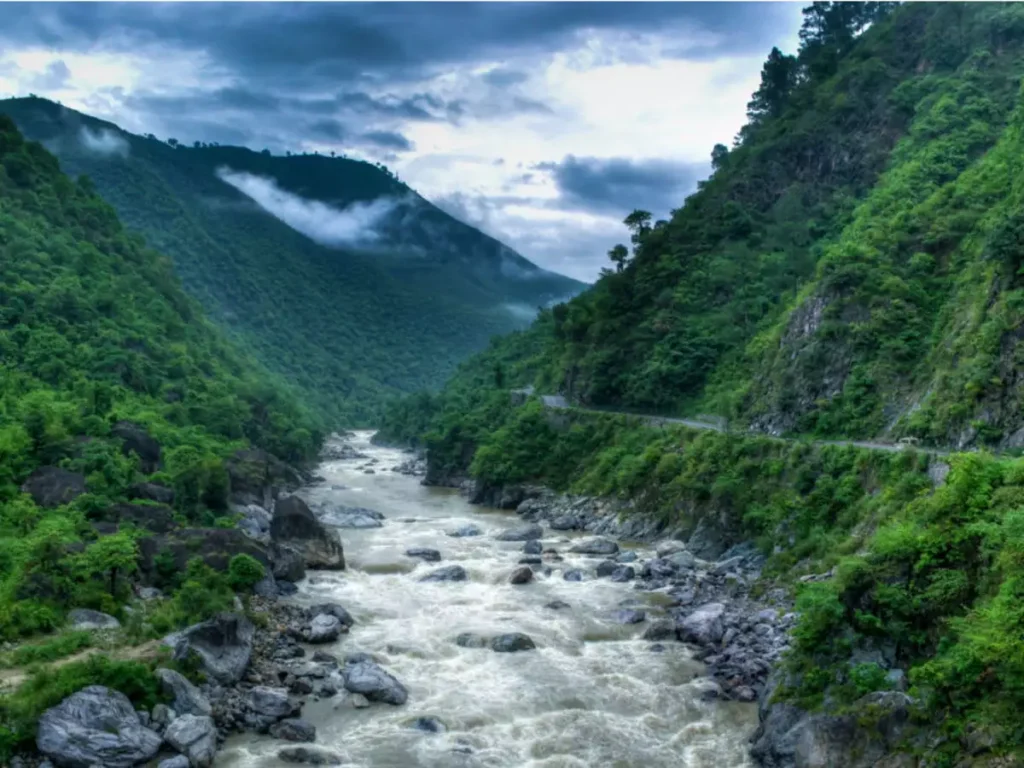Border-Forming River Between Nepal and India
In recent developments, the Koshi River has emerged as a crucial boundary delineator between Nepal and India, drawing attention from aspirants preparing for various government exams such as those for teachers, police officers, banking, railways, defense, and civil services like the PSCS to IAS. This river, historically significant and geographically pivotal, has sparked discussions and strategic considerations in the bilateral relations between the two neighboring nations.
Why this News is Important
The significance of the Koshi River as a border holds profound implications for diplomatic, environmental, and geopolitical considerations between Nepal and India. This development is crucial for aspirants preparing for government exams, as it underscores the need for understanding territorial boundaries, international relations, and historical contexts that shape national policies and governance.

Historical Context
The Koshi River, often referred to as the “Sorrow of Bihar” due to its frequent floods causing significant damage, has been a focal point in Indo-Nepal relations. The historical context dates back to the Treaty of Sugauli in 1816, which established the Koshi River as part of the boundary between Nepal and India. This treaty, signed after the Anglo-Nepalese War (1814-1816), defined territorial limits and water usage rights, laying the groundwork for subsequent disputes and agreements related to this river.
5 Key Takeaways from “Border-Forming River Between Nepal and India”
| Serial Number | Key Takeaway |
|---|---|
| 1. | The Koshi River serves as a natural border between Nepal and India. |
| 2. | The historical Treaty of Sugauli (1816) is crucial in defining this boundary. |
| 3. | The river’s significance extends to environmental and geopolitical dimensions. |
| 4. | Understanding this border is essential for aspirants preparing for civil service exams. |
| 5. | The management of transboundary rivers is a critical aspect of bilateral relations. |
Important FAQs for Students from this News
Q1: What is the significance of the Koshi River in Indo-Nepal relations?
- A: The Koshi River serves as a natural boundary between Nepal and India, influencing bilateral diplomacy and environmental management.
Q2: How does the Treaty of Sugauli relate to the Koshi River?
- A: The Treaty of Sugauli (1816) defined the territorial boundary between Nepal and India, including the Koshi River as part of the delineation.
Q3: Why is understanding transboundary river management important for civil service aspirants?
- A: It is crucial for civil service exams as it involves knowledge of international relations, historical treaties, and environmental policies.
Q4: What are the environmental concerns associated with the Koshi River?
- A: The Koshi River is prone to flooding, affecting both Nepal and India, and requires sustainable management strategies.
Q5: How can aspirants prepare for questions related to international river boundaries in exams?
- A: Aspirants should study historical treaties, geopolitical implications, and environmental aspects of rivers like the Koshi.
Some Important Current Affairs Links


















